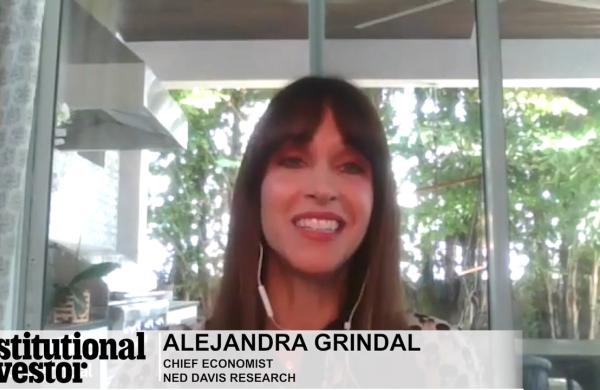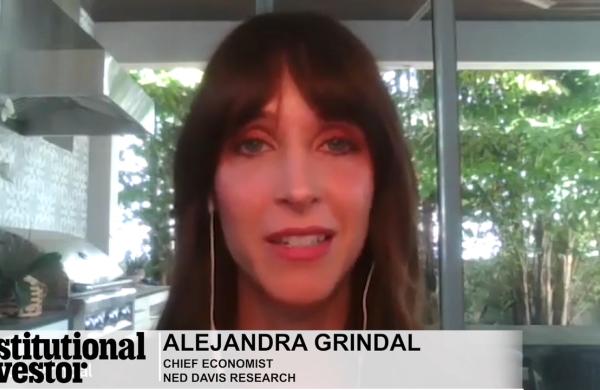The bank is quietly moving toward automating one of the last completely human activities in the increasingly computerized world of buying and selling stocks: block trading.
Institutions traditionally have moved big blocks by phoning traders, who put up their brokerage firms' capital to buy shares from customers and maintain an inventory to sell to clients. It's a risky business that's vulnerable to market swings, but traders with the right timing and mettle can reap huge profits.
Now BofA is putting that delicate process into a black box, which it calls Premier Block Trading. Institutional customers using the Web-based system simply type in a ticker symbol and the quantity of shares they wish to trade -- without specifying whether they will buy or sell. Instantly, PBT produces a two-way price quote on the screen; it arrives at this spread after considering, among other factors, the trading characteristics of the stock in question, along with any existing positions held by BofA. The institution can hit the bid -- or offer -- with BofA taking the other side as principal.
The new system should make tighter markets than human block traders, who generally oversee one industry sector. PBT, in contrast, will manage risk on a marketwide basis. Proprietary positions will be off-loaded using the same computerized algorithms that BofA and many other firms use to execute trades for customers on an agency basis. The system, which initially will have a $20 million-per-trade limit, has been in beta tests for several months and is expected to officially launch next month.
"In equities nobody has figured out a way to commit capital electronically and manage the resulting risk," says Ross Stevens, chief operating officer for global equities at BofA. Stevens, who holds a Ph.D. in finance and statistics from the University of Chicago, came to the bank in 2002 after stints as a quantitative analyst for Goldman Sachs Asset Management and CEO of now-defunct online concierge service Urbanfetch.com. Says Stevens, "This both enhances the high-value-added aspects and potentially disintermediates certain low-value-added aspects of traditional block trading."
If successful, PBT could be a way for BofA to gain share in a business where it hasn't had a big presence, while exploiting technology to reduce costs and reap larger profit margins on block trades.
Block trading is only the latest frontier in an ongoing trend toward automating institutional brokerage. Most major Wall Street houses, and a number of specialty brokerages, offer so-called direct access technology and computerized algorithms that break big orders into smaller pieces, automatically routing them to wherever matching orders exist in the market.
Several forces are driving the move to automated trading. The switch in 2001 to quoting stock prices in decimals rather than fractions has narrowed the price spreads that brokers profit from and reduced quote sizes. And institutional investors, recovering from the worst bear market since the Great Depression, are looking to minimize trading costs by pressing for lower commission rates and more efficient executions.
Stevens contends that other firms will have a tough time replicating PBT's technology, not to mention negotiating the politics of replacing scores of traders with a black box. As a small player with fewer traders, BofA has less to worry about in the way of cannibalizing entrenched trading desks. Still, such systems are bound to become more prevalent throughout the industry.
"You will see a majority of the institutional business done electronically in the near future," says Bill Cline, head of the capital markets practice at consulting firm Accenture. "There will be dramatically fewer human traders. Firms are looking to be more efficient and sustain profitability, and one way to do that is to take out that layer of costs."





